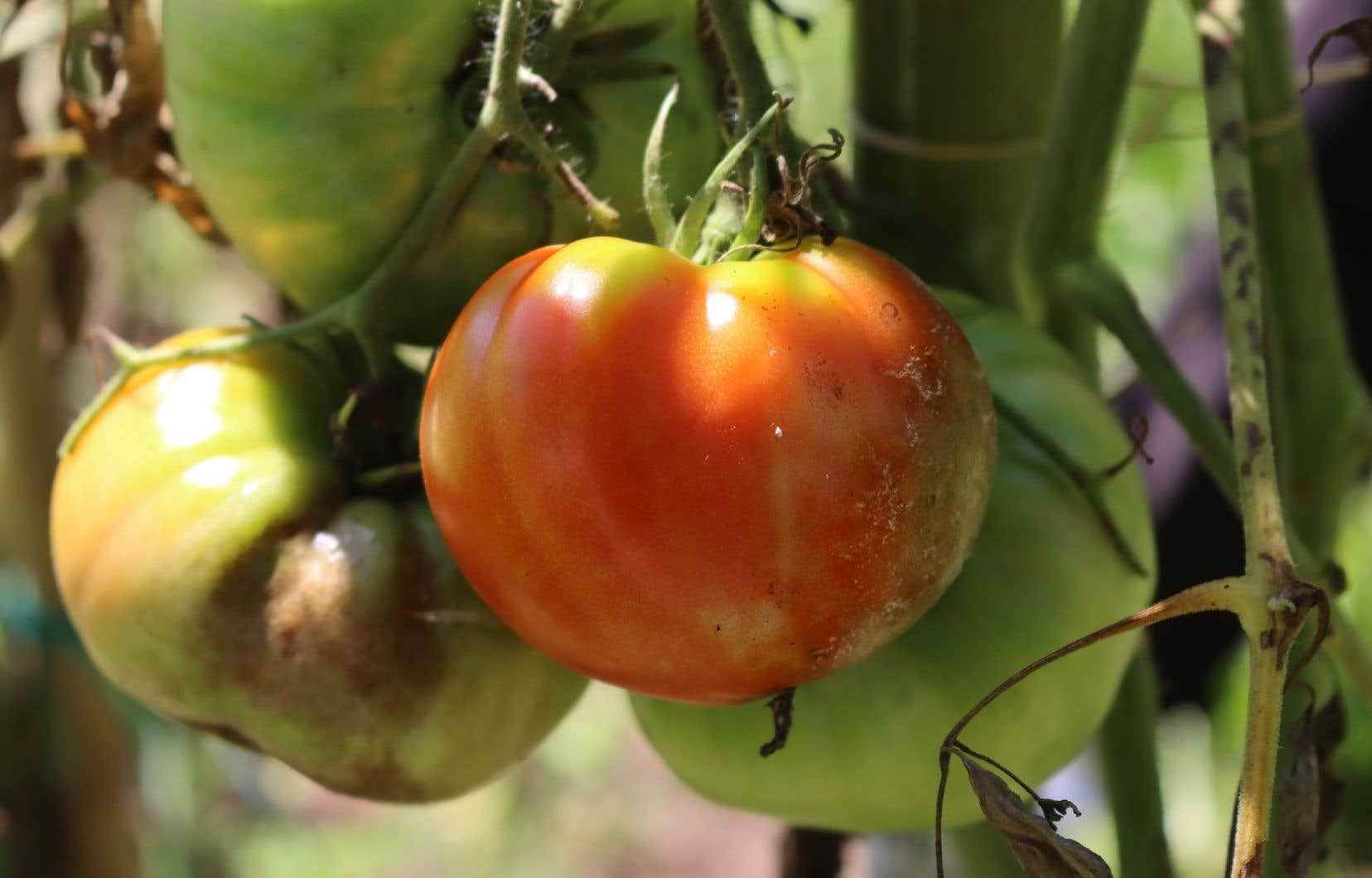This text is part of the special book Plaisirs
Whether it’s our first or our fourteenth vegetable garden, some small problems can arise when growing vegetables. Fortunately, they are often easy to prevent! Here are three commonly planted vegetables and, for each, solutions to three problems faced by many gardeners. As a bonus, a trick to know absolutely!
Carrots
Poor germination. Carrot seeds are fragile and naturally slow to germinate. However, if the soil crusts or dries out, germination will be poor. Sow the seeds 5 mm deep and cover them with light, airy soil that is unlikely to compact. Water gently, preferably with a soaker hose or a spray gun set to “drizzle”: large drops falling from a strong stream can compact the soil or dig up the seedlings.
Forked roots. Are your carrots misshapen and forked? The fault lies in the ground. For good carrots, you need light, deep, rock-free soil. Lighten the soil before planting, adding plenty of compost. It may be necessary to mow the ground to remove the stones. Otherwise, sow naturally stocky carrots, which are more resistant to this problem, such as Atlas or Paris Market.
Bad flies. Your carrots are pierced with black tunnels. It’s the carrot fly! Its maggots dig galleries in the roots, and rot sets in. To prevent it, be sure to rotate crops, then cover the seedlings with a floating cover (a net that prevents the fly from laying eggs). You can also opt for fly-resistant carrots, such as Flyaway or Resistafly.
Tomatoes
Black ass. The fruits form well, but the end of the fruit begins to darken, sink, rot. What’s going on ? This is the blossom end rot, commonly called “black bottom”. It is not a disease that is transmitted (phew!), but rather a deficiency due to poor assimilation of calcium by the plant. Not because calcium is really in deficit (this happens very rarely), but rather because the roots cannot absorb it adequately due to too dry soil. The solution is very simple: water more regularly. The floor should never dry out completely!
Falling flowers. Your tomato plants are flowering well, but the small yellow flowers are falling off without producing fruit. Damn ! It is extreme temperatures — above 35°C during the day and 24°C at night or below 13°C — that usually cause flower abortion… And without flowers, there is no fruit. When temperatures are in the right zone, fruit production will resume. Covering the soil with 7 to 10 cm of mulch (shredded leaves, compost, etc.) helps stabilize the temperature and allows plants to produce.
Downy mildew of tomato. Several diseases attack tomatoes, but the most pernicious is mildew. It’s a mushroom (Phytophthora infestans) that rots leaves, stems and fruit. It is difficult to cure it (fungicide treatments, organic or not, only have a very limited effect), but it can be prevented. Always rotate crops, space plants well to ensure good air circulation and, when watering, avoid wetting the foliage. These are all the precautions to keep mildew away. Additionally, there are several late blight resistant tomato lines, such as Mountain Magic, Mountain Merit, Plum Regal, Jasper, and Juliet.
peppers
Planting too early. Peppers hate the cold! However, Quebec springs are often chilly! Planting a pepper in cool weather or in cool soil can hamper its production for the rest of the summer. Before planting, wait for a minimum night temperature of 13°C, usually around mid-June at the earliest. You will notice a big difference in plant productivity!
Production delayed. Summer is advancing, but the fruits are growing very slowly. They hardly ripen before the first fall frosts! The problem is usually a poor variety choice. Here in Quebec, we need early peppers, rather than varieties that take 3 to 4 months to ripen. Look for varieties with a maturity of 70 days or less, such as Classic, King of the North, Liberty Belle or Socrates.
Little fruit. The plant is beautiful and solid, it flowers well, but little fruit is produced. The problem is often poor pollination. Pollinators visit flowers less when it is rainy, cold or very hot. Not to mention that bell pepper flowers aren’t so attractive to them anyway. So do the pollination yourself! Get into the habit of lightly tapping the flowers every day. Yes, with the index! This will release the pollen which will fall on the stigma and then ensure better production.
